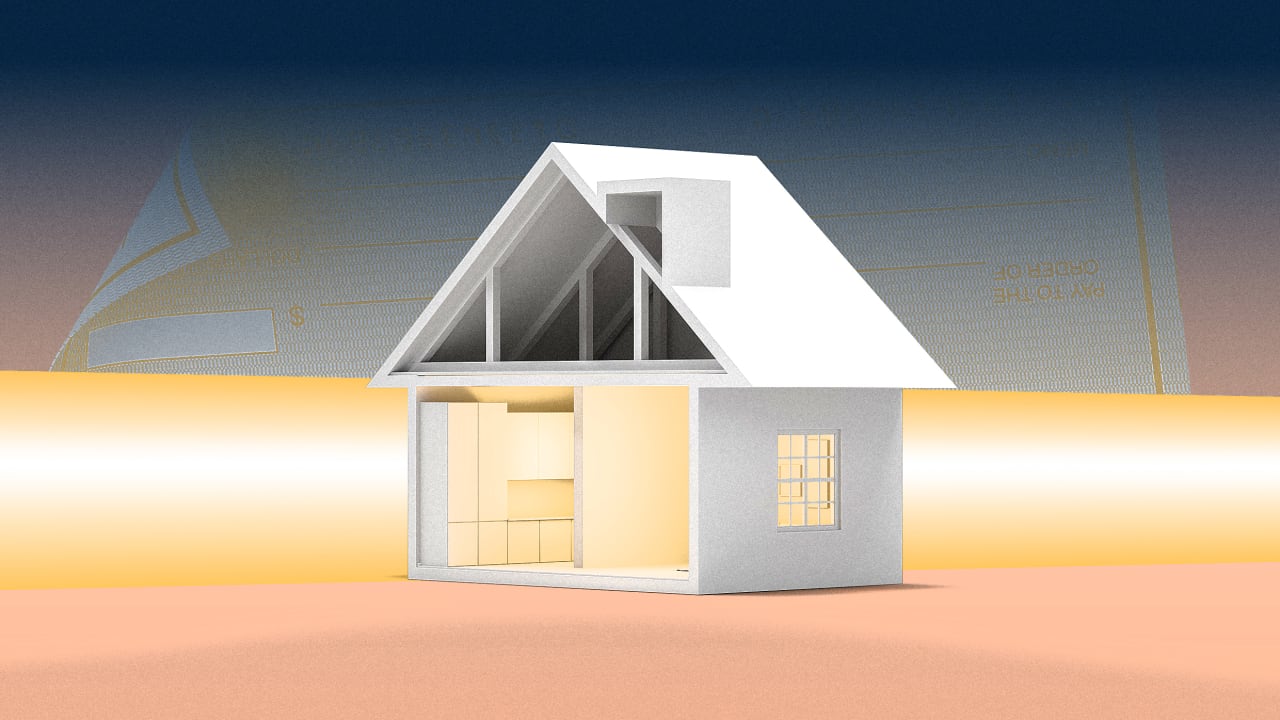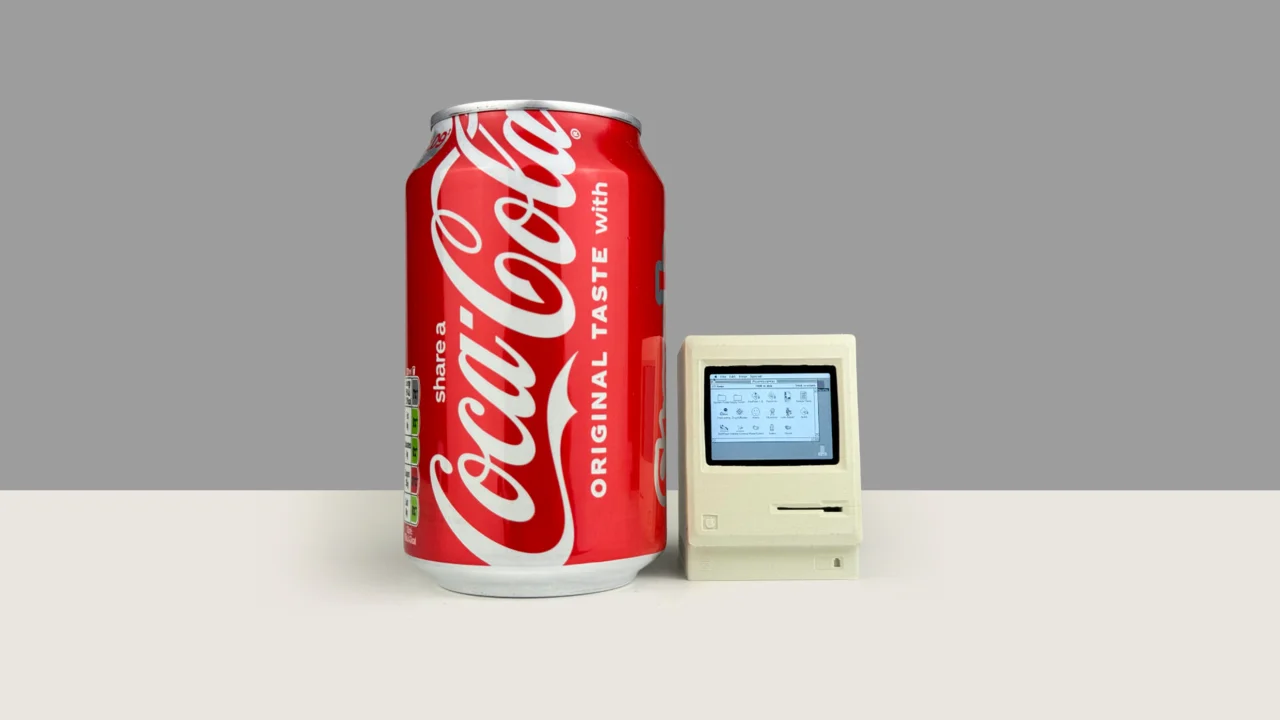New MIT tech turns desert air into safe drinking water
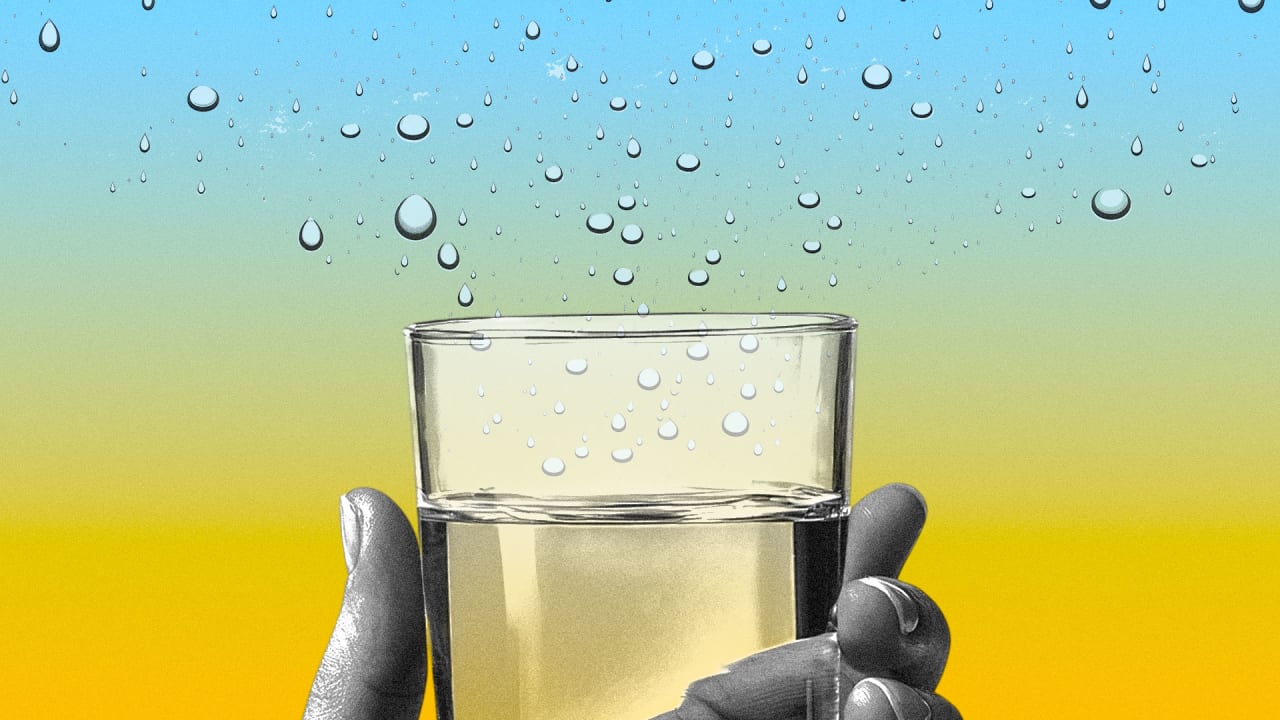
An innovative and potentially impactful new device can turn air into drinkable water, even in the driest climates.
The tool, which comes from researchers at MIT, could be a huge step towards making safe drinking water worldwide a reality. Lack thereof impacts 2.2 billion people, per a study on the invention, which was recently published in journal Nature Water.
The device was developed by Professor Xuanhe Zhao, the Uncas and Helen Whitaker Professor of Mechanical Engineering and Civil and Environmental Engineering at MIT, and his colleagues. According to the study, the contraption is made from hydrogel, a material that absorbs water, and lithium salts that can store water molecules. The substance is enclosed between two layers of glass, and at night, pulls water vapor from the atmosphere. During the day, the water condenses and drips into tubes.
It’s is about the size of a standard window, but even in environments that are hot and dry, it’s able to capture water. Zhao’s team tested the tool in the driest environment in the U.S. — Death Valley, California. Even in the ultra-dry conditions, the tool was able to capture 160 milliliters per day (about two-thirds of a cup).
The success of the model has the scientists thinking on a bigger scale. “We have built a meter-scale device that we hope to deploy in resource-limited regions, where even a solar cell is not very accessible,” says Xuanhe Zhao, per MIT News. Zhao continued, “It’s a test of feasibility in scaling up this water harvesting technology. Now people can build it even larger, or make it into parallel panels, to supply drinking water to people and achieve real impact.”
The new design addresses several issues that past similar devices have come up against. It’s better at absorbing water than metal-organic frameworks (MOFs) that can also capture water from air. The new design, which has a sophisticated composition and added materials, is also better at limiting salt leakage. During the experiment, that meant that the water collected met criteria for safe drinking water.
“We imagine that you could one day deploy an array of these panels, and the footprint is very small because they are all vertical,” says Zhao. “Then you could have many panels together, collecting water all the time, at household scale.”
What's Your Reaction?
 Like
0
Like
0
 Dislike
0
Dislike
0
 Love
0
Love
0
 Funny
0
Funny
0
 Angry
0
Angry
0
 Sad
0
Sad
0
 Wow
0
Wow
0




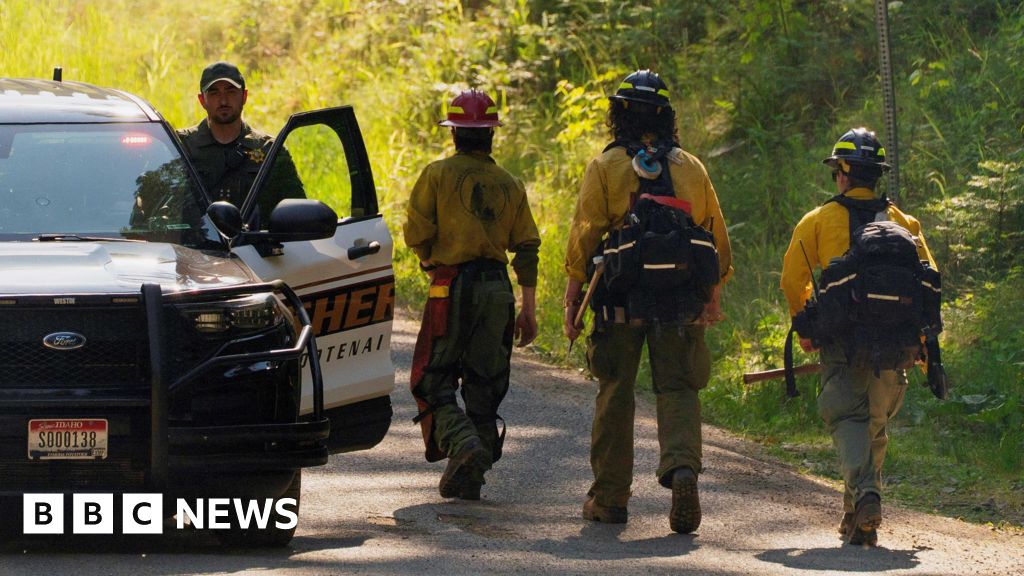






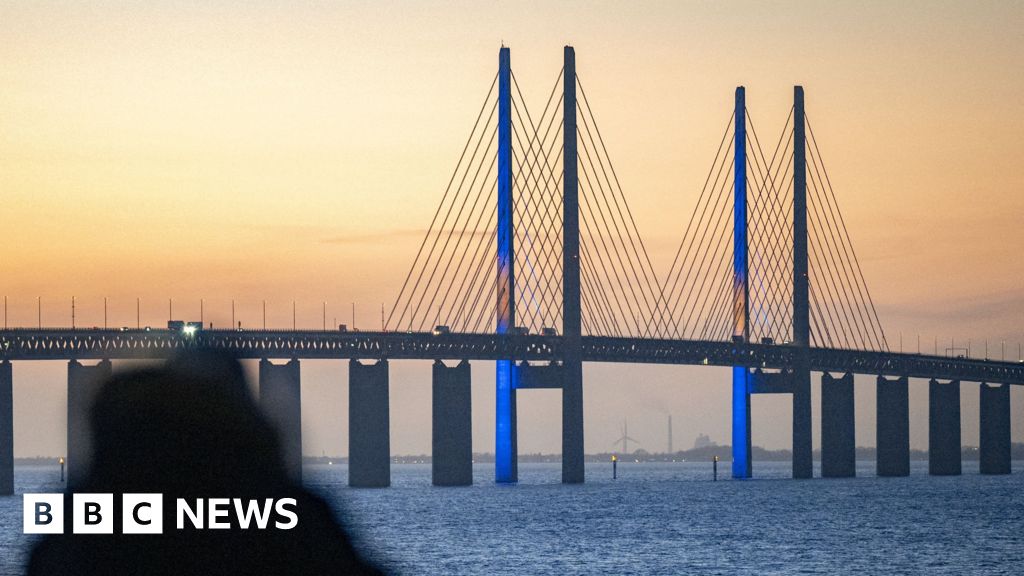




































![Annie Tracy shares "Catching Feelings" off of impressive debut EP [Video]](https://earmilk.com/wp-content/uploads/2025/06/P1_Bryce-Glenn-1-800x458.jpg)




































